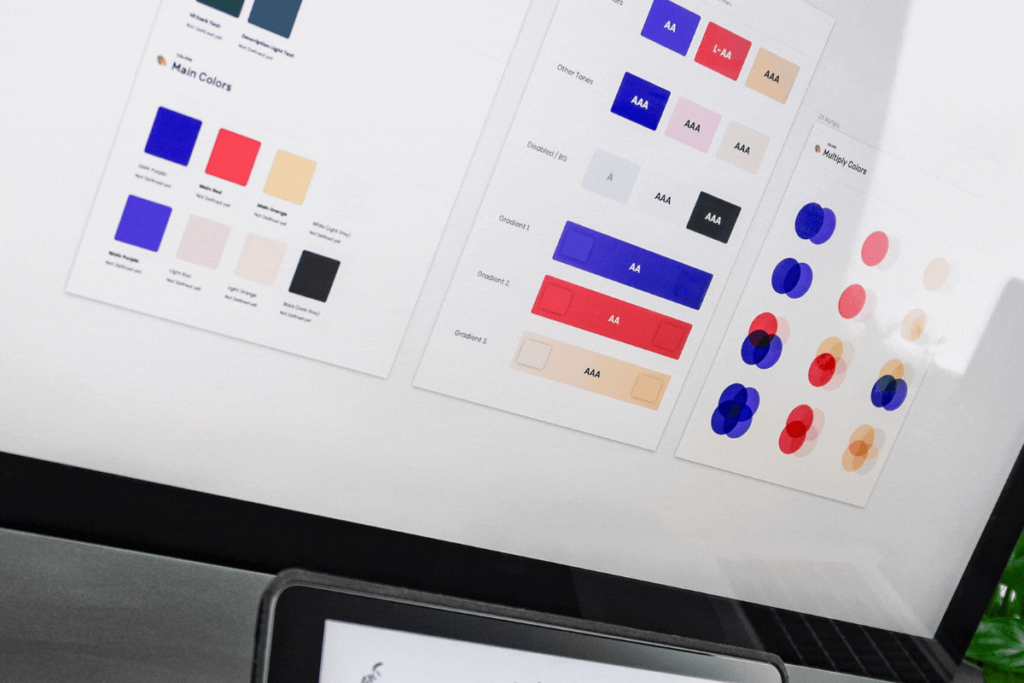[wdm_vimeo_gform_overlay]
The concept of branding in fashion can take on a lot of meanings. It can range from creating a logo and color scheme to a comprehensive plan for managing the company’s public image. Aspiring entrepreneurs may find it all overwhelming and struggle to find their footing. Fashion Business Essentials contributors Khary Simon and Douglas Hand discuss the confusing around the term and the legal implications behind branding.
Watch the full video to learn about:
- The fundamentals of building a brand
- Being a personality vs. having a viable brand
- The legality of brand building
The Definition of Branding
When discussing the term “brand” and how to build one, the definition of the word itself can be confusing. In particular, fashion business owners may have trouble grasping the concept because people use it in so many distinct ways.
Some individuals rely on the term as a stand-in for “personality,” commonly when explaining their preferences. Many reality show personalities have said things like, “I won’t go to that restaurant because it’s not on my brand.” Such usage has become commonplace in casual conversation, lending further importance to the question: “What is a brand?”
People also associate different concepts with the idea of “brand value”. One well-known example relates to how the Kardashians talked about building their brand. From there, the idea crept into wider discourse as people questioned the notion. Observers also formed strong opinions about how these celebrities leveraged and strengthened their branding by going to parties and promoting products.
One interesting line of inquiry involves the generation gap and how the term “brand” has evolved. How might someone older relate to the concept? Although previous generations gained familiarity with brands via exposure to examples like Coca-Cola and McDonald’s, modern ideas on what it entails differ. A younger person might describe a brand as a personality that acts as if it lived in the real world.
Marketing professionals often take it a step further by considering how they’d relate to a brand if it took the form of a person. A marketer, for instance, could ask themselves, “If I were having a dinner party and the persona of Coca-Cola came to my house, what would that person wear? What kind of music would they listen to, and what might they take offense to? How could I engage with them at the dinner table?”
Personifying brands can help fashion leaders define them, but it’s not the only way to understand it. For instance, an attorney might view it as a legal trademark – a form of intellectual property, or IP. When lawyers refer to IP, they mean intellectual property and how it protects any brand used in commerce for well-defined product and service categories.
In the fashion industry, apparel is one of the most prevalent IP categories. Class 25, the apparel classification, includes footwear, but it doesn’t encompass everything fashion-related. Most accessories, for instance, fall under Class 18, while Class 42 covers online retail. Business owners should remember that even if they want to market several products, they might have to use distinct IP categories that require different approaches to trademark protection.
If you would like to explore more information about fashion marketing and crafting an image for you product or company, download Yellowbrick’s Ultimate Fashion Career Guide. You can also explore the Fashion Business Essentials online course.






